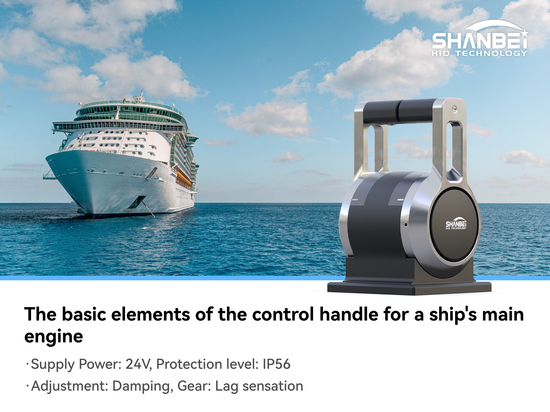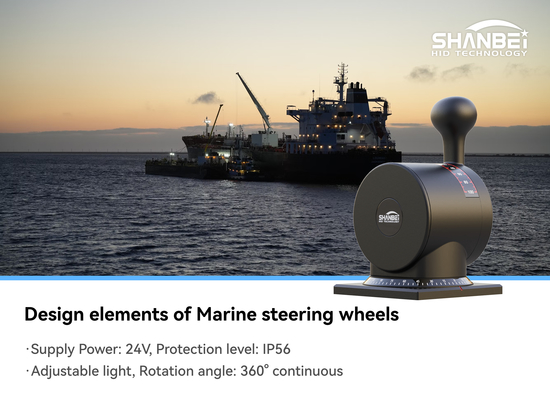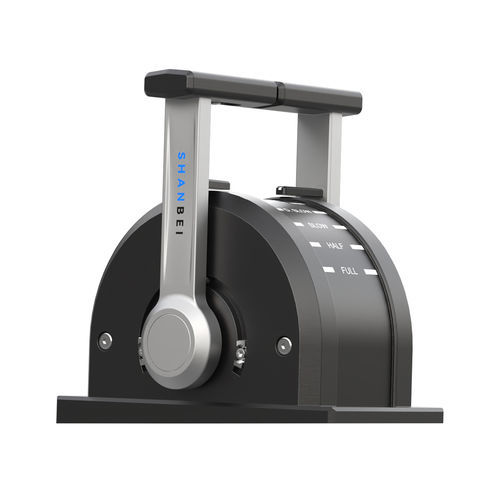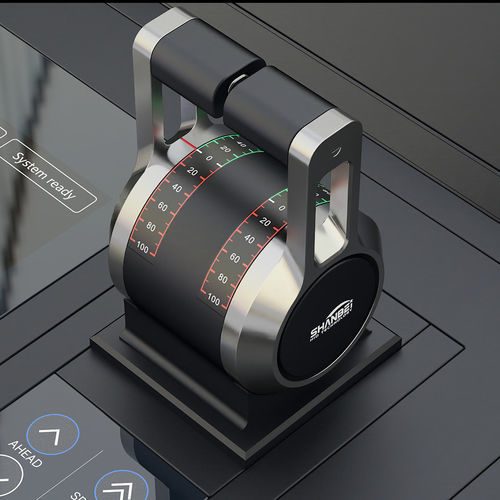
#Industry News
The application of CAN & RS485
In the shipbuilding industry, CAN (Controller Area Network) and RS485, as two mainstream serial communication protocols, are widely used in different scenarios due to their characteristic differences.
I. Comparison of Core Features
1. CAN
1)Key advantages: Strong real-time performance (millisecond-level response), strong anti-interference ability, support for multi-master communication and redundant design.
2)Typical scenarios: Key control systems such as engine control, propulsion systems, and engine room monitoring and alarm systems.
3)Cost and distance: The hardware cost is relatively high, and the transmission distance is short (≤40 meters @1Mbps).
2. RS485
1)Key advantages: Long distance (up to 1200 meters), low cost, and support for multiple nodes (128+).
2)Typical scenarios: sensor data collection (temperature/liquid level), lighting/ventilation systems, and renovation of old equipment.
3)Cost and distance: The hardware cost is low, but it needs to be combined with protocols such as Modbus.
---------------------------------------------------------------------------------------------------------------
II. Typical Application Scenarios
1. CAN Bus: The "Nerve Center" of Ships
1)Power and Control: Connect the engine ECU, thruster, servo, etc., to achieve rapid command transmission (such as synchronous control of the thruster in the dynamic positioning system).
2)Key monitoring: Real-time monitoring of the engine room (temperature, oil pressure, etc.), supporting automatic fault isolation to ensure safety (such as redundant alarm system for LNG carriers).
2. RS485 Bus: The "Edge Vein" of Ships
1)Distributed sensors: Connect liquid level gauges, temperature and humidity sensors, etc., and achieve remote monitoring through "hand-in-hand" wiring (such as fuel level monitoring for unmanned ships).
2)Auxiliary system: It is used in non-real-time scenarios such as lighting and fire alarm, or for upgrading old equipment (such as PLC connected to a new system via Modbus protocol).
---------------------------------------------------------------------------------------------------------------
III. Key Points of System Integration
1. Protocol conversion
Interconnection of devices with different protocols is achieved through gateways (such as CAN-RS485 converters) (for example, data from RS485 sensors are connected to the CAN main control system).
2. Industry requirements
It must comply with the electromagnetic compatibility (EMC) standards for ships, and key systems need redundant design (such as dual CAN buses to ensure operational reliability).
---------------------------------------------------------------------------------------------------------------
IV. Costs and Trends
1. Cost comparison
CAN hardware is expensive but easy to maintain (with self-diagnosis of faults), while RS485 has a low initial cost but requires manual troubleshooting of circuit issues.
2. Future Trends
1)CAN leading core control: With the improvement of the degree of automation, it is more widely applied in the fields of intelligent ships and autonomous driving.
2)RS485 continuous assistance: Maintaining demand in low-cost, long-distance scenarios (such as environmental monitoring equipment).
Hybrid architecture popularization: Critical systems use CAN, edge devices use RS485, and collaboration is achieved through gateways (such as the "CAN main control + RS485 sensor expansion" mode).
---------------------------------------------------------------------------------------------------------------
Summary
1. Select CAN
Core control scenarios requiring real-time performance and high reliability (such as power systems).
2. Select RS485
Long-distance, low-cost non-real-time data collection or renovation of old equipment.







